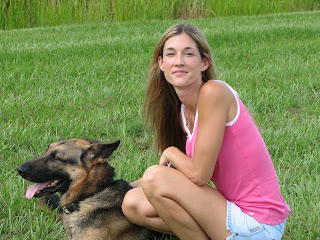

Currently, more than 1,000 nonnative plant species have become established in Florida and constitute at least 25% of the total flora of the state. In some cases, nonnative plants do not pose a problem at this time, they are merely weeds and flora that are kept in check. In other cases, invasive plants such as melaleuca, Brazilian pepper, water hyacinth and various vines crowd out native plants and animals, reduce biodiversity and destroy ecosystems.
In the top picture is water hyacinth overtaking a pond in my area wetlands. They create something called a mono-culture, if left unchecked they will continue to grow until they are the only plant left and the pond can no longer sustain new life. These plants reproduce at an alarming rate. In the picture you can see the dead water hyacinth that has been sprayed, the small patches of green dotted around the brown patches is new growth. They uptake oxygen from the water, leaving little for the fish to survive. When the fish are gone, the birds will leave the area in search of new food sources; this will no longer be a sustainable ecosystem. It will be an ecosystem destroyed.
The bottom picture is Brazilian pepper in my area hammocks. These peppers have already taken over this area. They, like the water hyacinth, create a mono-culture. There should be native oaks, sabal palms, wild coffee and other natives vital to the balance of our ecosystem. The Brazilian pepper offer very little to our existing habitat; they produce red berries that are toxic and they do not provide the shelter our various fauna need. And they are taking over everywhere. Where is our native flora and fauna to go?
We are introducing new species to our specialized ecosystem consistently. What will be the next massively destructive invasive? We must regulate what is coming into our state better, and think more clearly about what we do allow in. We do not have the winters that keep many introduced plants in check in their natural native areas and we also do not have the proper predators to keep their numbers down. What you loved back home may not be healthy for where you are now. We have an amazingly unique environment with distinct needs and diversity; every environment is unique, please help keep it that way.
Blog Action Day





2 comments:
Thank you Christina for the blog action day post. In case you may be interested, I have a new invasive species blog that focuses on the east coast at http://invasivespecieseast.blogspot.com/
Wishing you all the best,
Bill
Hi, Bill, I checked out your blog and it looks very nice. I like the weekly format and the info you've gathered in one spot is great. Thank you for directing me there. You have a great holiday and take care!
Christina
Post a Comment